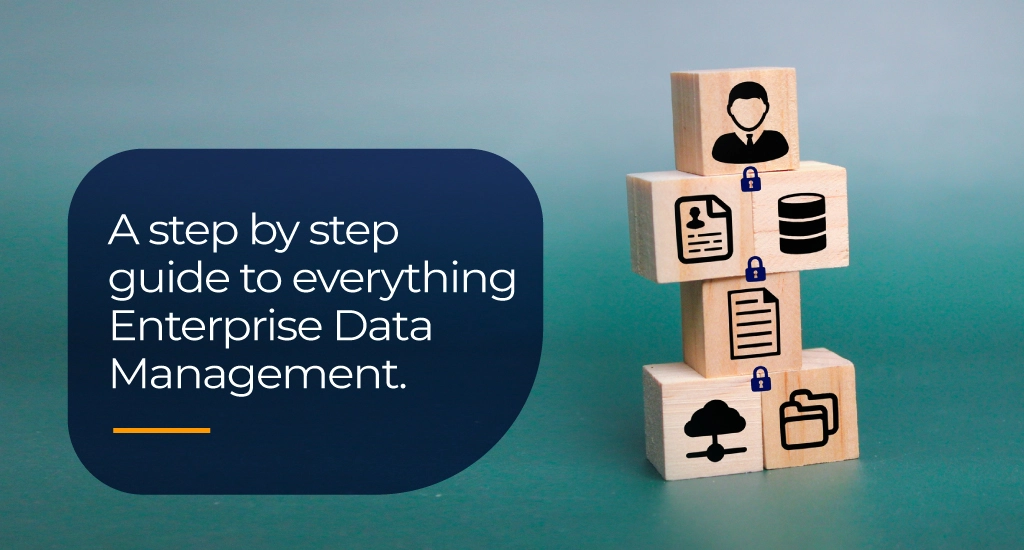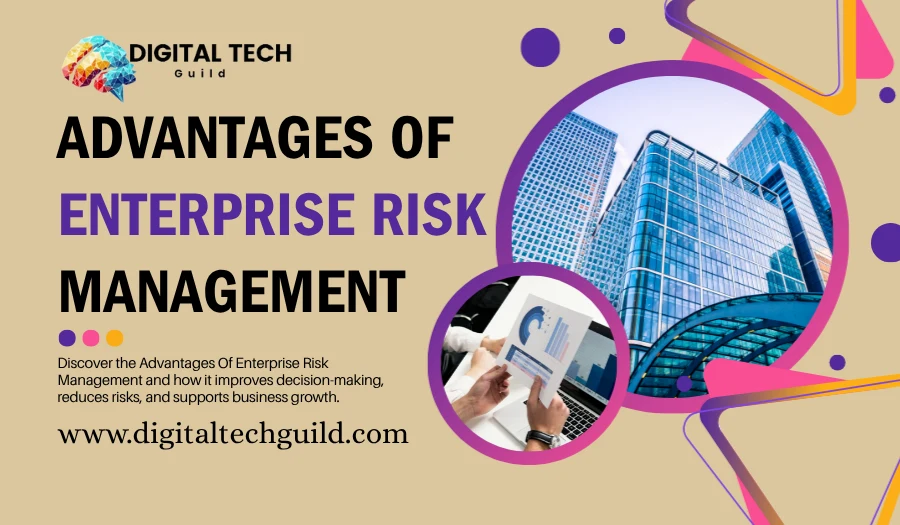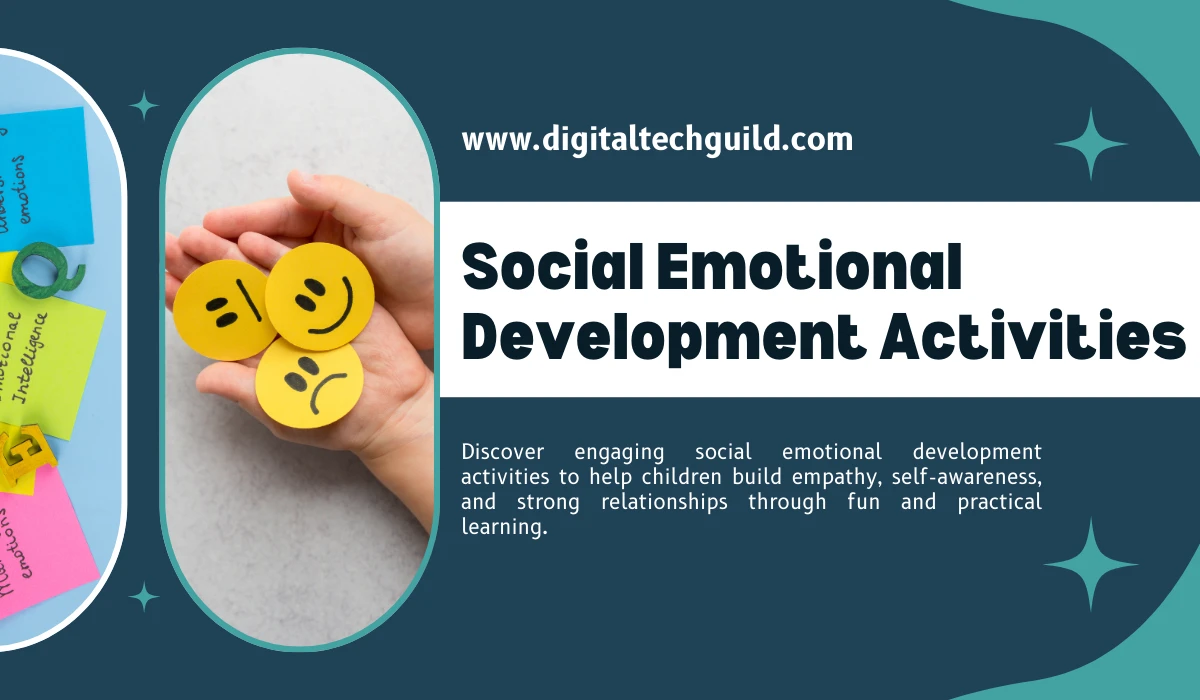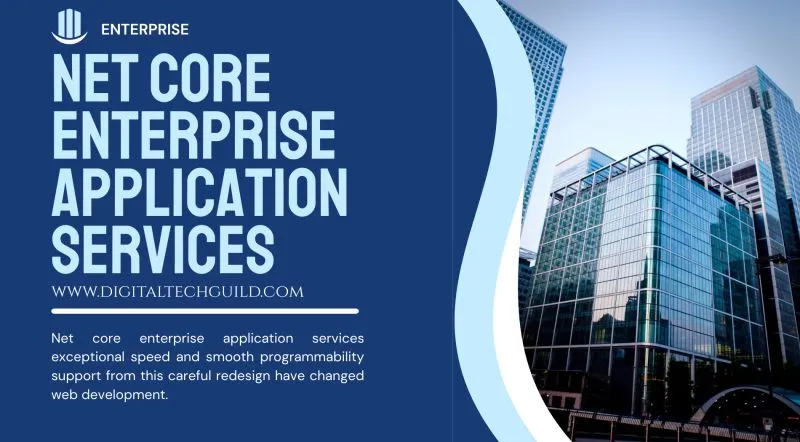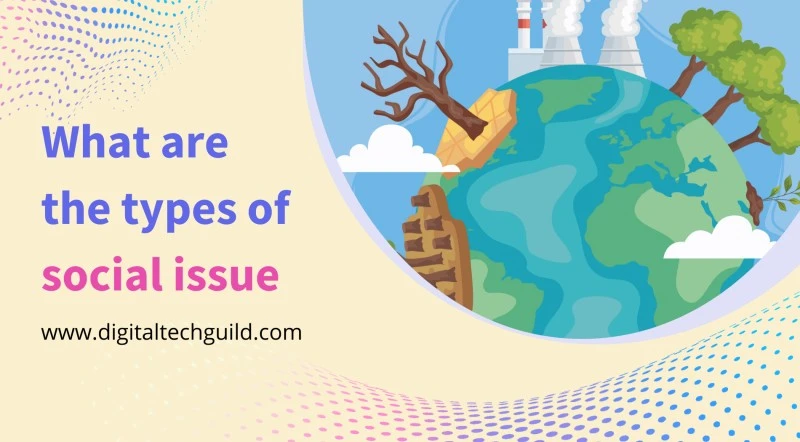An all-encompassing method for defining, compiling, and accessing data in an enterprise is enterprise data management (EDM). Enterprise Data Management Framework Every day, business companies create enormous volumes of fast-flowing data. They therefore have to figure out how to safely arrange, control, and successfully incorporate this data into their daily activities.
Enterprise data management aims to eliminate organizational silos, stop data duplication, lower costs, support compliance efforts and decision-making, and finally improve general operational performance through data alignment.
An Enterprise Data Management (EDM) framework greatly improves your company's capacity to create strong, fluid, and environmentally friendly data management strategies, enabling the realization of your strategic goals. This structure allows you to maximize the strategic value of your data while managing it as a tool for your business.
Why put in place a data management system?
Your organization's data is a main asset, not just a result of running operations. Therefore, if you want to maximize the value of your data, it should be inventoried and distributed appropriately throughout your company.
Although many businesses still lag well behind the curve, the capacity to handle ever-growing volumes of data is clearly a vital component of company success.
For instance, more than 70 percent of staff members have access to data they shouldn't have.
It's difficult to turn data into meaningful information that can guide rather than deceive important company stakeholders until you have a strong EDM framework in place that can correctly combine all this data.
Data ownership and management
Data rushes through your organization like a river. As personnel from other departments interact with the data, it gathers fresh metrics along the route and gets improved and/or changed using other data metrics.
The mechanism explaining this shared ownership and responsibility is the data accountability and governance structure, which mostly helps to maximize the quality of your company's data all through its lifetime.
Security is one aspect of governance, given that 92% of your clients think it's absolutely vital for you to protect their personal data.
Read also: Tesla Layoffs: Impact on High Performers and Slashed Departments
Control of metadata
Now, then, for the data itself. Created whenever data is created, altered, read, transferred, or combined anywhere else throughout your business, metadata is dynamic and always changing data about other data.
A series of procedures known as metadata management guarantees the appropriate generation, storage, integration, and control of this data, enabling your business to make more effective use of it. Metadata management has the following benefits:
- Capacity to track data back to its source
- Determining responsible parties for every data domain in your business
- Knowing ahead of time how a desired modification to a data domain will affect every integrated system
Technical and operational metadata is data that can give technical users and developers a clear awareness of their own technological systems, including database information.

Architecture: warehouses, data centers, lakes
Your EDM framework attempts ultimately to translate the metadata you gather into useful knowledge. From a variety of sources, in numerous forms and in many amounts, many kinds of data might enter your business and alter as it moves through your business.
This can rapidly deplete the data management capabilities of a corporation, resulting in performance degradation, including your end users complaining about longer response times, systems stopping, etc. When assessing your company's data architecture in charge of routing and storing its products, you should take into account:
- All forms of data are kept.
- Amount of information
- Weekly, monthly, and yearly data generation produces how much?
- What purpose would you like the data to be used for?
Your data assets should be given top priority, and important integration points should be found that would possibly pay off. Your main focus should be interoperability when including new technologies into your current data center. Enterprise Data Management Framework Three basic enterprise data components will warehouse your data and comprise what is known as a data center:
Data architecture management
Data architecture is the set of guidelines and outcomes that control and define the type of data acquired, as well as the methods of data distribution and usage within a firm.
It provides a formal method for establishing and controlling data flow, as well as handling and processing data across a company's IT systems and software applications. Your system of data architecture manages the following:
- offers a typical corporate jargon.
- Clearly state strategic data needs that mirror corporate needs.
- To satisfy these commercial requirements, Outlines incorporated technical designs.
- guarantees fit with associated business architecture and corporate strategy.
Data supply-chain
In terms of the data lifecycle, we have established how data unavoidably changes as it passes through the various corporate operations at your firm. For staff members who must have the correct data for their company's requirements, this can provide difficulty.
Your firm's data provisioning initiative finds approved data sources for every one of your primary data domains and helps to coordinate pull/push solutions for data provisioning.
The data moves according to the following sequence:
- highlights the approved data sources.
- creates a data dissemination strategy.
- utilizes data provisioning tools.
- Monitoring approved points of data provision
Read also: ERP Showdown: Unveiling the Top Enterprise Resource Powerhouses
Quality data management
Quality control creates the framework your business needs to have to have the correct data to satisfy your data needs. It decides how credible data is for making decisions and how helpful it is to maximize operational effectiveness.
The management of data quality requirements, rules for quality integrity requirements, and a strategy for applying and tracking the data controls so you may acquire an accurate report and make continual improvements define the elements of a data quality control process.
Designed to aggressively find the data quality and integrity problems in a manufacturing environment, a robust data quality control plan.

Data governance certificates
For businesses looking for a more official way to show their dedication to the EDM framework implementation, below are a few professional certifications in data management:
- CDMP, DAMA Certified Data Management Professional
- DGSP, Data Governance and Stewardship Professional
- Enterprise Information Management (edX)
- SAP Master Data Governance—Certified Application Associate
Illustrations demonstrating the success of EDM
An industrial corporation with more than a dozen data sources, including similar supplier information, exemplifies how an EDM structure can be successful. One source found Acme; another Acme, Inc.; and a third Acme Corp.; another listed a supplier as Acme. Conventional IT systems could not really grasp their interaction with suppliers.
Artificial intelligence techniques were used with correct EDM strategies to sort through such data anarchy and compile it correctly. Enterprise Data Management Framework At last, the industrial corporation found a range of vendors offering to several business divisions. Once the mistakes were fixed, the discovery of this one produced savings of $75 million.
FAQ's: Enterprise Data Management Framework
What is the enterprise data management framework?
Inventorying and controlling the data of your company and then getting your company onboard with this process is known as enterprise data management (EDM). Stated differently, EDM is equally about managing data as it is about managing people.
What is enterprise management framework?
Risk is uncertainty that might result in a negative outcome or an opportunity. ERM is a disciplined process to identify, assess, respond to and report on key risks/opportunities – with the objective of advancing the organizational mission.
What is MDM framework?
By centralizing all of the data in one location, a master data management (MDM) system facilitates finding and access when needed. Not only a single source for their common product data, but an MDM system gives a corporation one source for all data throughout the whole company.
What are the pillars of enterprise data management?
Data governance, quality, integration, security, metadata, and lifespan form the main pillars here. Each is essential for bringing data management into line with corporate objectives.
What is the role of enterprise data management?
Because it provides a simplified, uniform method for companies to locate, control, access, save, and protect their data, enterprise data management is becoming increasingly vital. From a data-driven standpoint, EDM guarantees businesses can quickly access, evaluate, and apply data to make the best, most informed decisions and run.
What are the 5 components of ERM?
- Company Culture, Governance, and Values.
- Strategic Planning, Objectives, and Goal Setting.
- Risk Management Cycle (COSO calls this “Performance”)
- Monitoring and Continuous Improvement (COSO calls this “Review & Revision”)
- Transparency, Communication, and Reporting.
What is the ERM framework structure?
It offers uniformity, organization, and the knowledge that you have addressed all the required concerns. An ERM framework can enable executives to prioritize, recognize and act on important hazards. For those working on the ground, it can enable risk-management initiatives compliant with organizational, legal, and best practice policies.

